It’s 2025. Are you already looking to start your fitness journey but unsure where to begin? We’ve done the work, so you don’t have to. Introducing FITLUC – a personal training gym that combines effective fitness with fun and functionality. For the uninformed, FITLUC has become a leading name in Singapore’s fitness industry, offering a wide range of personalized services and promoting fitness as a lifestyle.
Today, we will dive deep into FITLUC’s culture, unique services, and much more to help you understand why it stands out in Singapore’s ever-growing fitness community.
- Building a Fitness Legacy
- Personalized Fitness Services at FITLUC
- A Unique Approach to Fitness
- Exclusive Discounts and Perks
Building a Fitness Legacy
Founded in 2019, FITLUC opened its flagship gym in November 2020 in Keong Saik. However, the journey wasn’t all that smooth sailing – shortly after opening, Singapore faced COVID-19 restrictions, which led to gym closures.
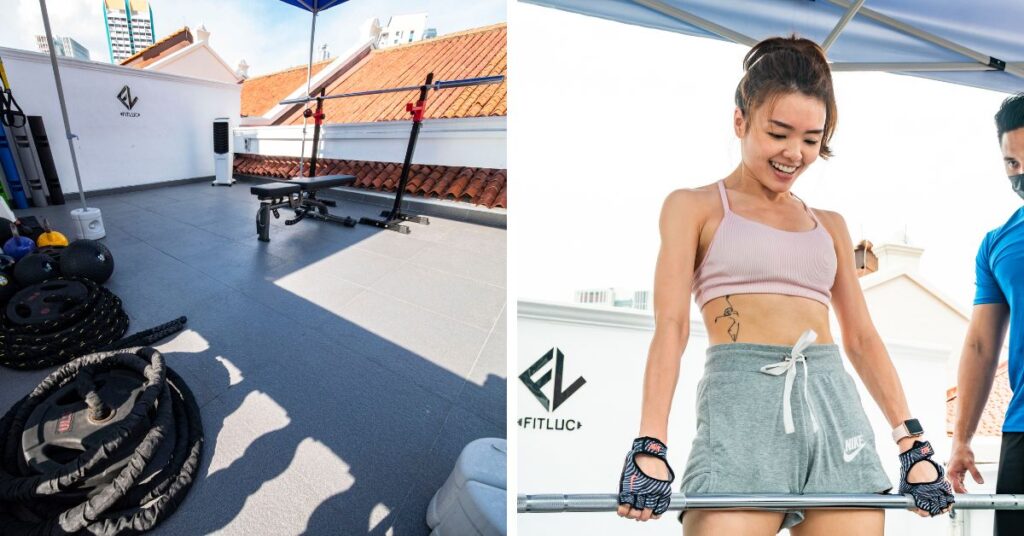
However, FITLUC’s resilience shone through. The team quickly adapted by transforming their outdoor rooftop terrace into a safe, functional training zone. Moving the heavyweights outside, installing air coolers, and setting up tents ensured their clients could continue their workouts regardless of the weather.
This adaptability during such uncertain times helped FITLUC gain a loyal following. It solidified their commitment to making fitness accessible, regardless of the challenges.
Their philosophy – fitness through adversity – continues to inspire their clients and the whole community. But that doesn’t exclude their unique formula of effectiveness and fun, which balances functionality and enjoyment in every workout.
Personalized Fitness Services at FITLUC
FITLUC is known for offering highly personalized services, from one-on-one personal training to corporate classes and online programming. Their main focus is personalized training, meaning each session is tailored to the individual’s goals, fitness level, and preferences.
One-on-One Personal Training
FITLUC’s flagship service is its training programs, which are available for individuals or pairs. Clients can enjoy personalized sessions focusing on their specific fitness goals, whether weight loss, muscle building, or injury rehabilitation. Trainers here work closely with clients to create customized workout plans that ensure steady progress.
One of the unique features of FITLUC’s personal training service is its trial session. For just $50, new clients can experience a personalized session with one of their professional trainers. This trial thoroughly assesses the client’s fitness history, injuries, diet, and goals, followed by a workout segment. This personalized approach also gives clients a clearer understanding of whether their training style is a good fit.
Corporate Fitness and Online Programming

In addition to personal training, FITLUC offers corporate fitness classes to companies looking to improve the health and well-being of their employees. These classes are tailored to meet the workplace’s specific needs, helping staff stay healthy and productive.
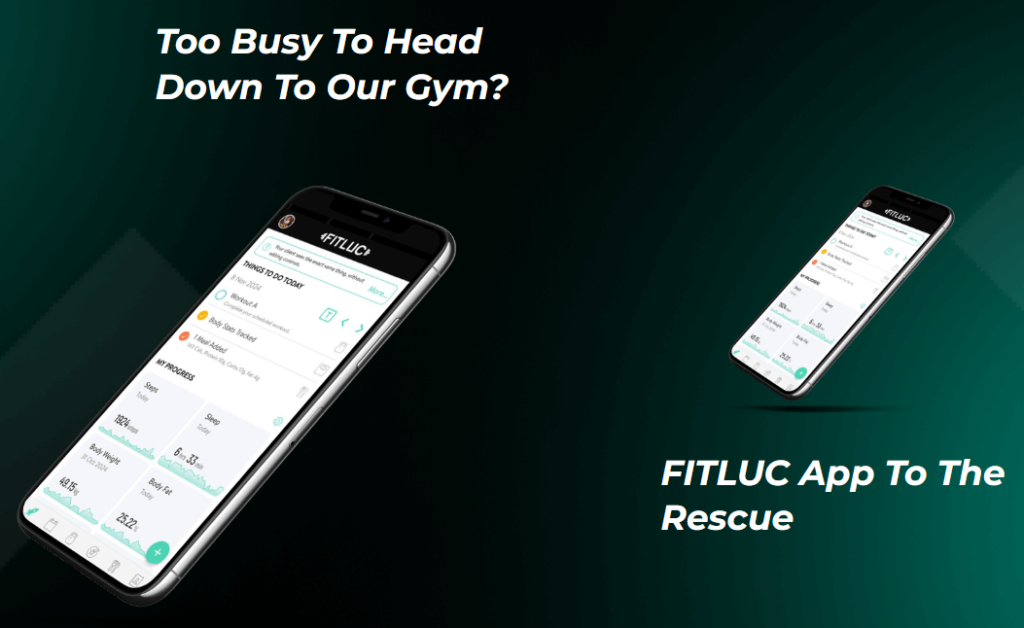
FITLUC also offers online programming services through their innovative mobile app. This app allows clients to access personalized workout plans, follow instructional videos, and track progress. The app can sync with fitness devices like Fitbit, Apple Watch, and MyFitnessPal, ensuring clients have a seamless fitness experience.
A Unique Approach to Fitness
Apart from its unique approach to personal training and welcoming environment, FITLUC stands out from other gyms for several reasons.
Highly Qualified Trainers
Trainers here hold multiple certifications, including recognized bodies such as Australian Fitness Academy (AFA), NCSF, and ACE. In addition to these certifications, many trainers also have Sports Science and Management degrees from prestigious universities like Nanyang Technological University (NTU), making them highly skilled and knowledgeable.
A Welcoming Environment
FITLUC prides itself on being welcoming, especially to beginners. Clients can train without feeling self-conscious, and trainers take the time to ensure that clients are comfortable with their workouts.
Flexible Session Packages
Offers flexible training packages, allowing clients to start with smaller packages and gradually work their way up as they progress. This flexibility makes it easier for clients to commit to training without the pressure of long-term contracts or hefty upfront fees.
State-of-the-Art Gym Facilities
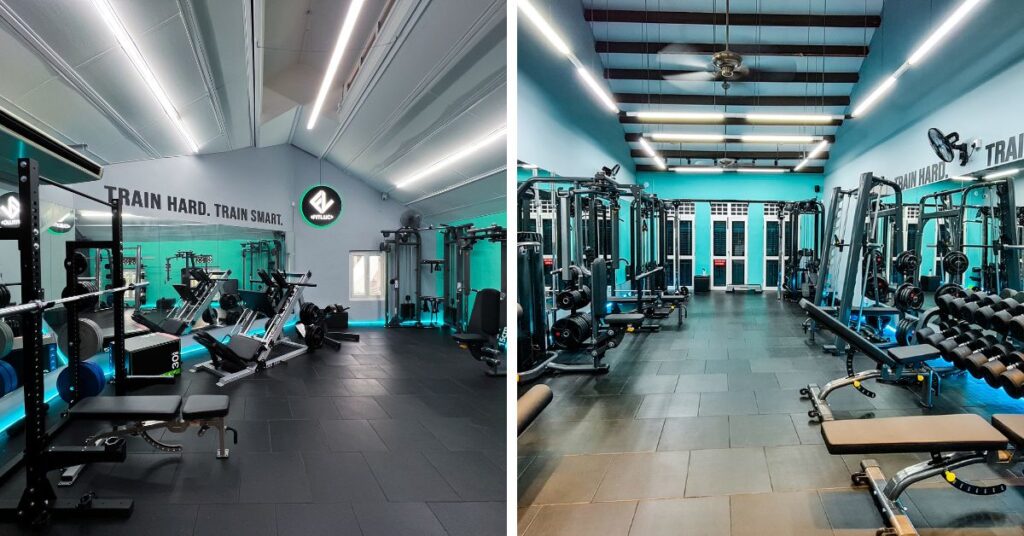
Their facilities are designed to cater to all types of fitness goals. The gym has the latest machines and equipment, from strength training to cardio, to help clients achieve optimal results.
Strength and Cardio Equipment
They offer a wide range of equipment, from free weights to cardio machines, to ensure that clients can perform a variety of workouts, including resistance training, HIIT, and more.
Exclusive Training Environment
As a PT-exclusive gym, walk-ins or public use of its facilities are not allowed – ensuring a private and focused environment for clients. This exclusivity ensures that clients can work out without distractions, allowing them to focus on their fitness goals in a comfortable and supportive setting.
InBody Machine and App
FITLUC even has an InBody Machine that provides detailed body composition data, which helps clients track their progress over time! This data can be synced with the FITLUC app, allowing for seamless tracking of muscle mass, fat percentage, calories burned, and other metrics. The app also provides clients with personalized workout plans and the ability to interact with their trainers in real-time.
Exclusive Discounts and Perks
On to my favourite part of every new establishment, the exclusive discounts and perks!
FITLUC has helped many clients achieve their fitness goals, and their success stories speak volumes about the effectiveness of their programs. Notable personalities like Royce Lee and local celebrities like Christopher Lee and Hazelle Teo train at FITLUC, showcasing the gym’s ability to cater to everyday individuals and high-profile clients.
Their commitment to fitness is also reflected in their recognition as one of Singapore’s Top 12 Best Personal Training Services. They have been featured in leading publications like Mothership, Yahoo News, and The Straits Times, earning them widespread recognition for their quality services.
Over here, it’s all about community. By joining the FITLUCFam, you can access a range of exclusive perks and discounts. Their FITLUCFam Perks program offers discounts on health and fitness-related services, including those with partner companies like Thomson Medical Centre for rehabilitation services.
FITLUC offers a 20% discount on personal training trials for StringsSG readers with the promo code FLSTRINGSG20. Visit the FITLUC website today to take advantage of this offer!
We also heard through the grapevine that they conduct monthly AFA Certified Personal Trainer 3-Day Workshops for aspiring Personal Trainers.
Final Thoughts
We’ve learned that FITLUC is more than just a gym – it’s a community dedicated to supporting individuals in their fitness journey. And they are the perfect choice for anyone looking to take their fitness to the next level. Whether you’re a beginner or a seasoned athlete, FITLUC’s comprehensive services ensure that your fitness goals are within reach.
Follow them to be in the know of their monthly promotions today: Instagram, Facebook, Youtube, TikTok, and LinkedIn.
This is a partnered article.


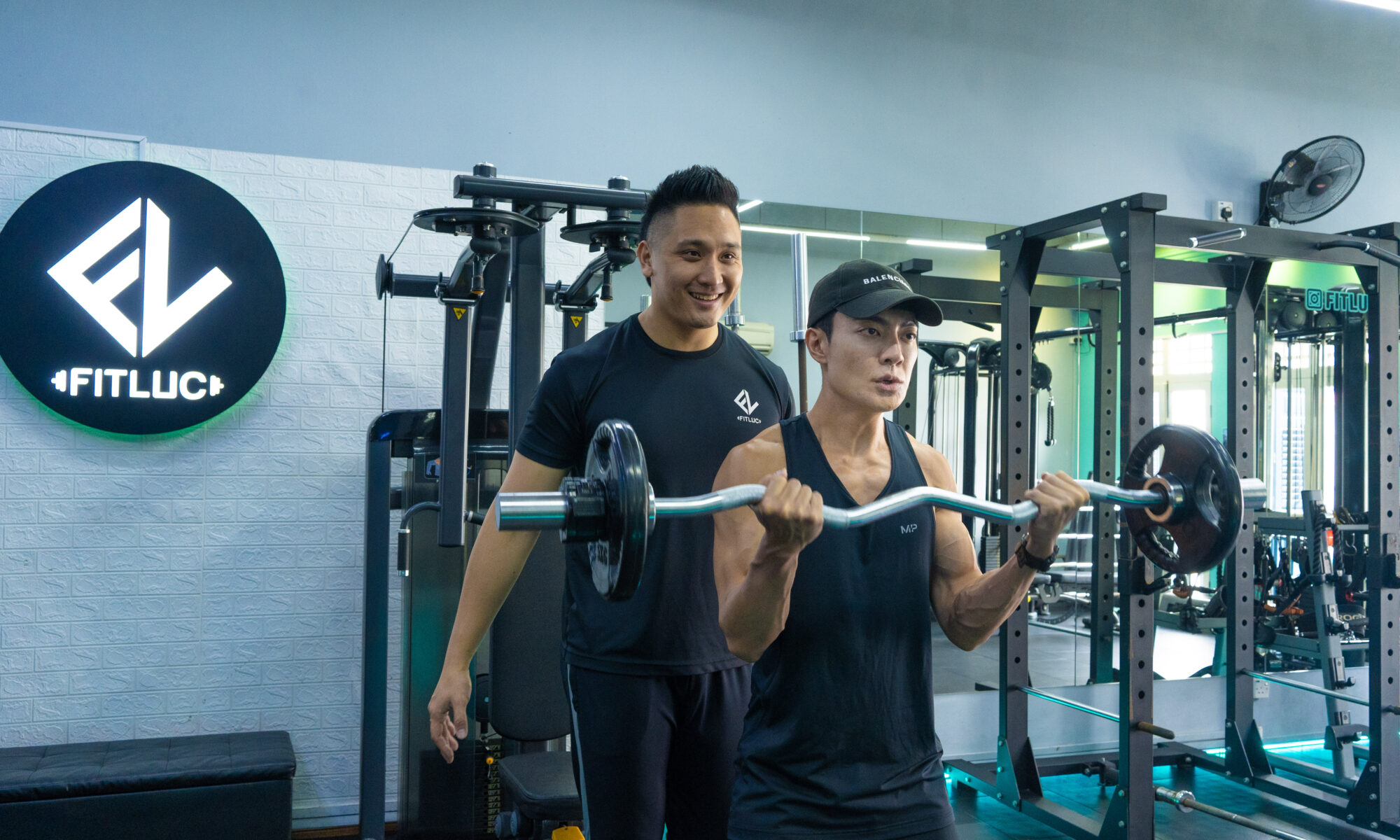


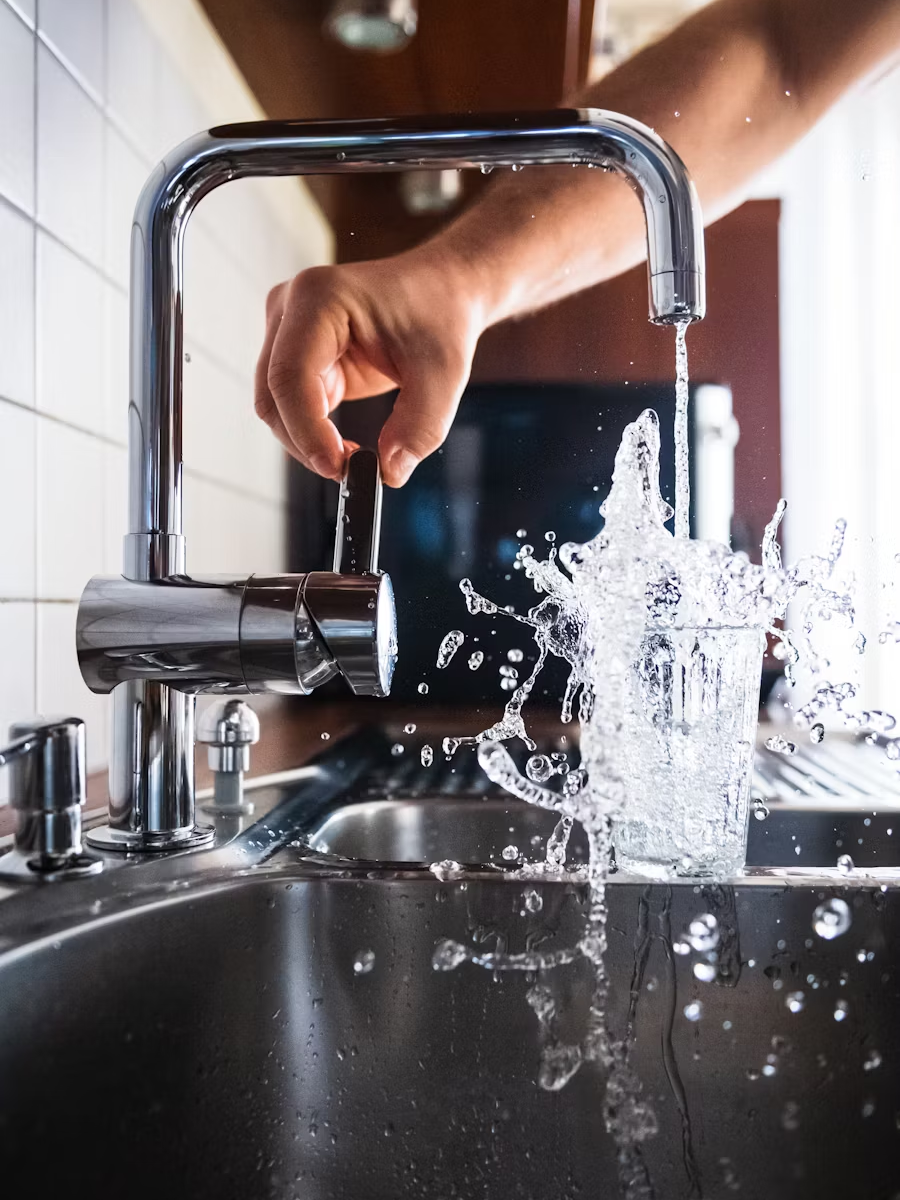
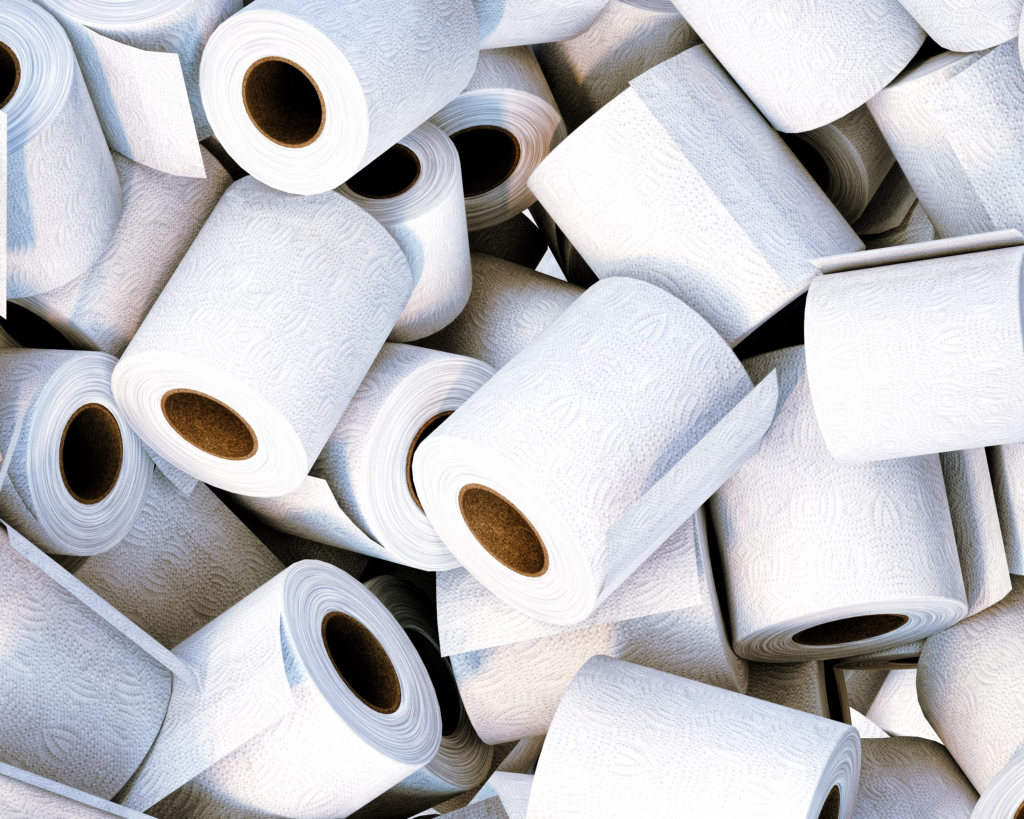

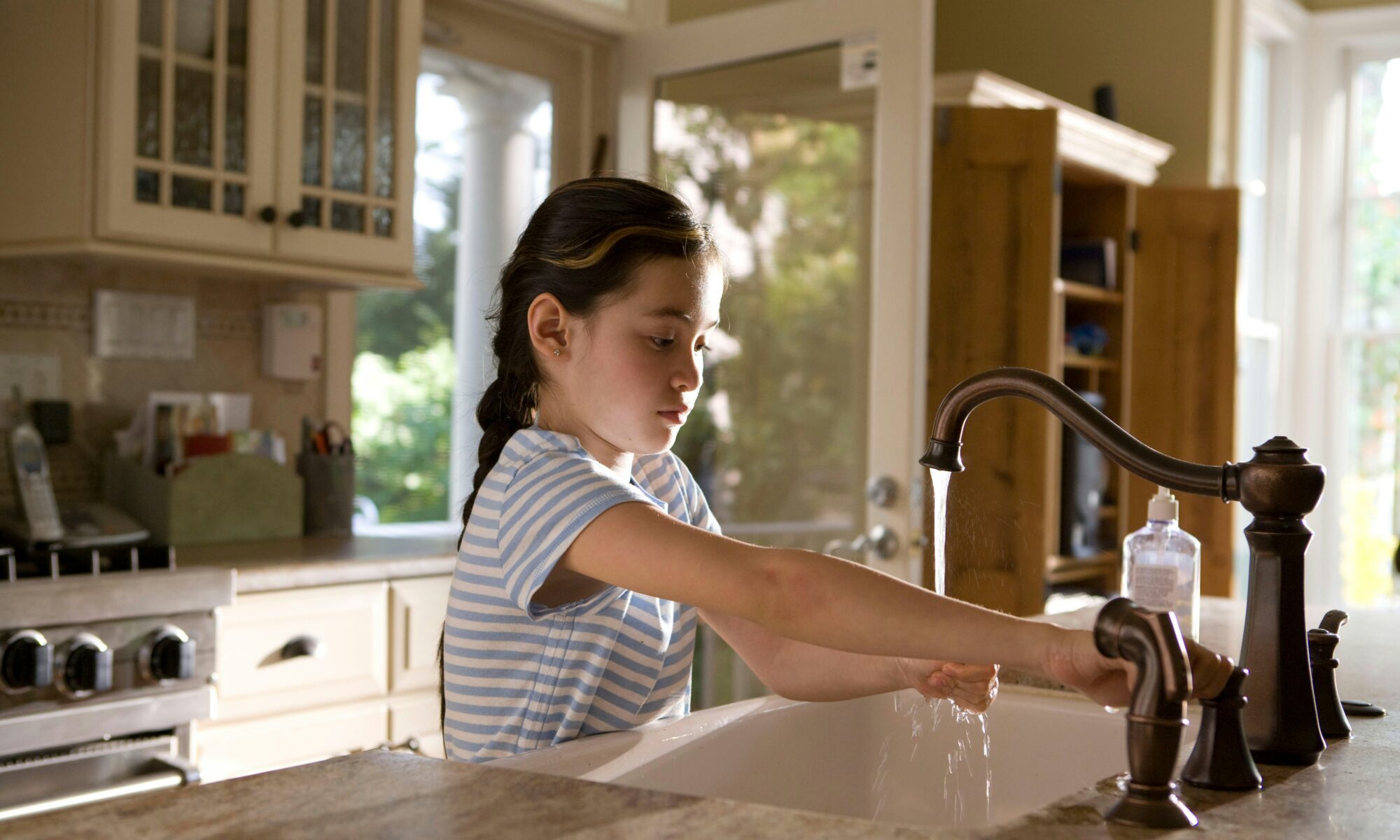

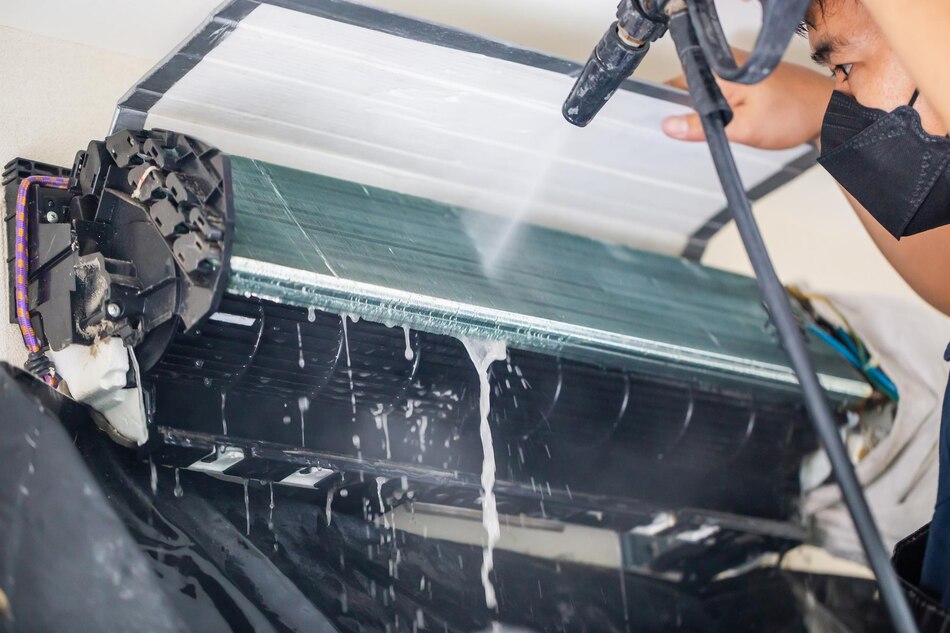
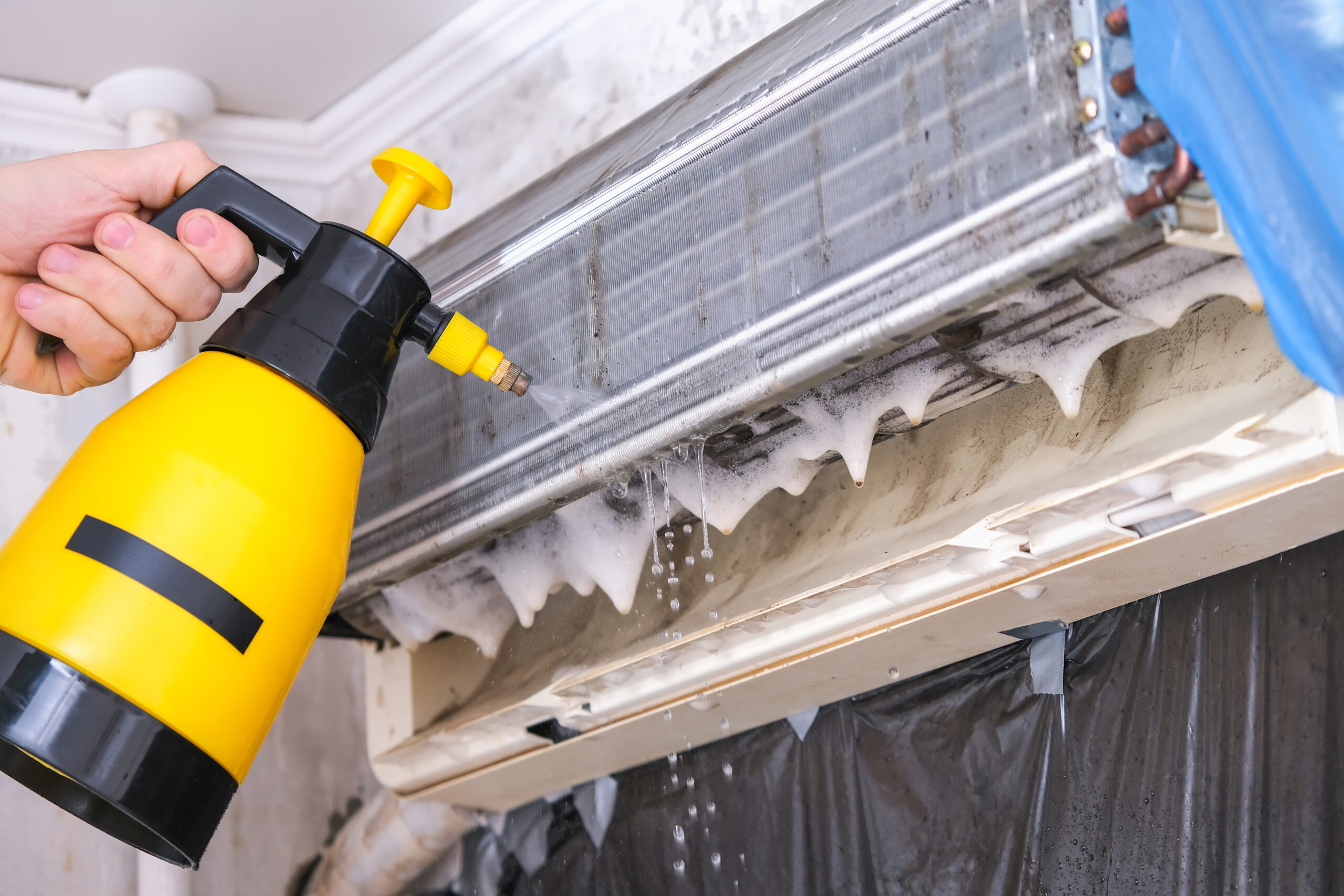
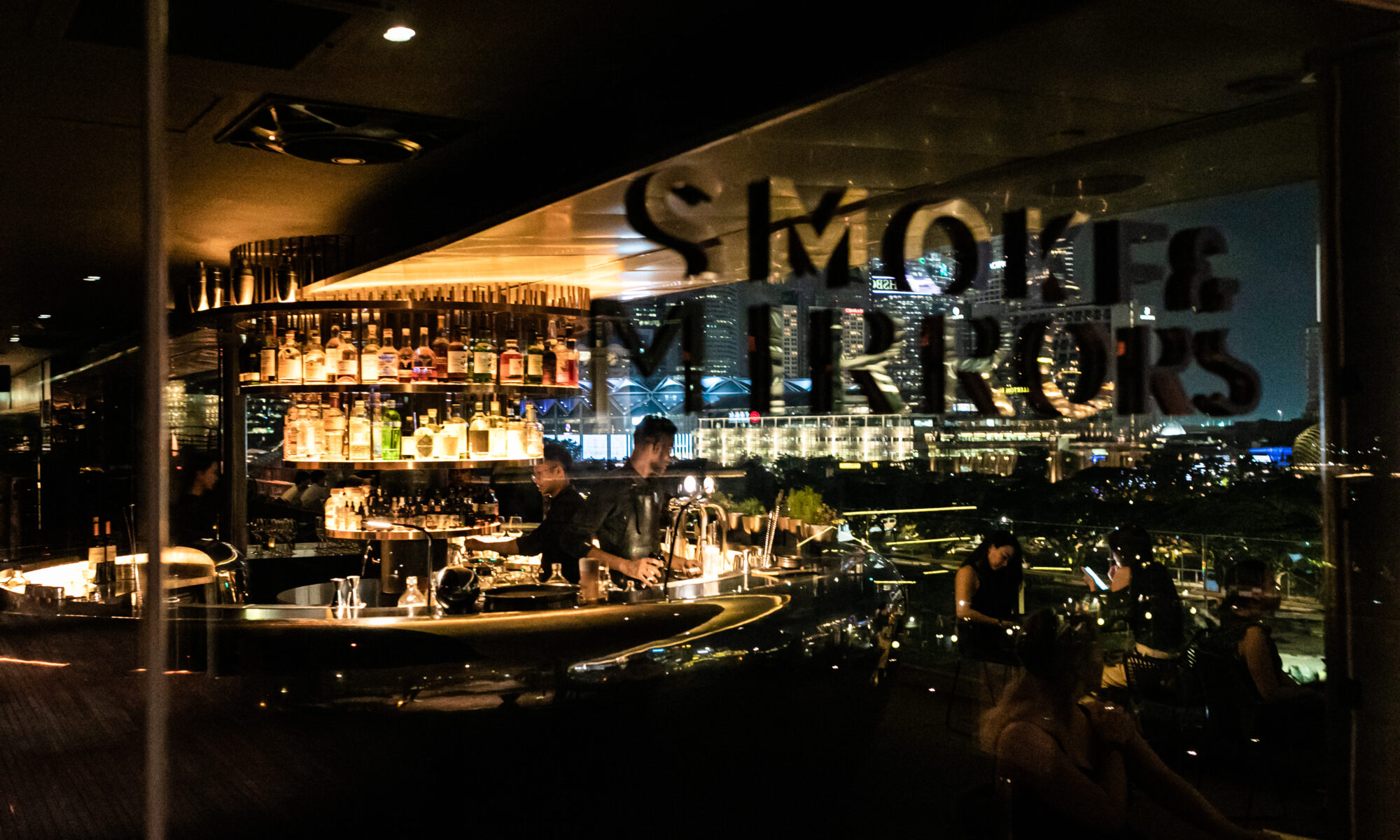


You must be logged in to post a comment.